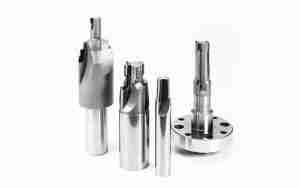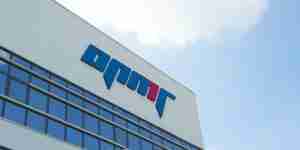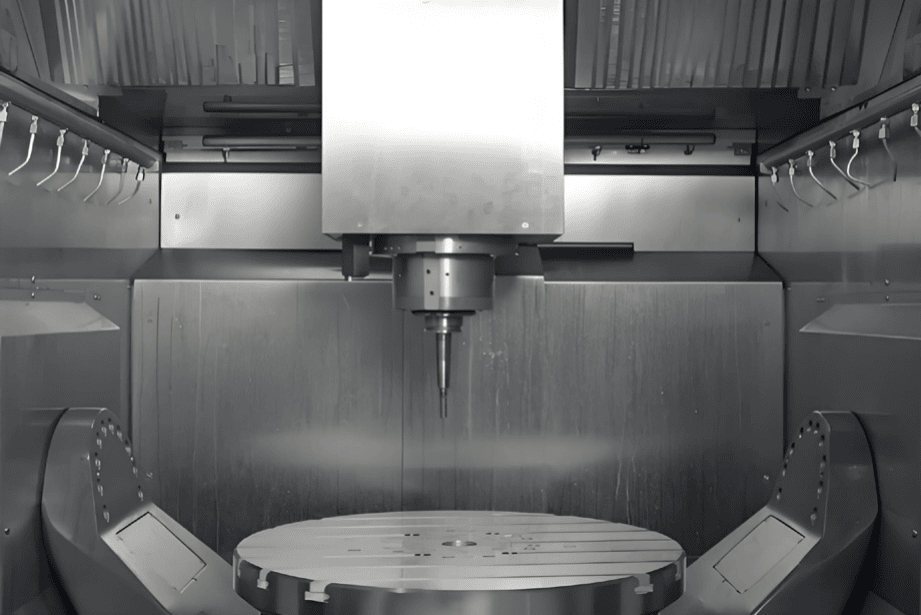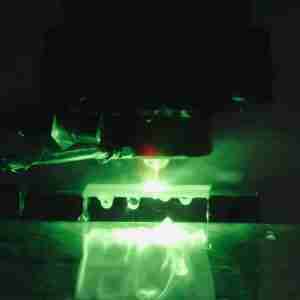Water-guided laser cutting delivers micron-level precision on heat-sensitive materials by combining a pulsed laser beam with a high-pressure deionized water jet. This hybrid process confines the laser via total internal reflection in a 50 µm water stream and cools the cut zone to suppress heat-affected zones below 5 µm, fully compliant with ISO 9001:2015 and FDA 21 CFR 820. Across 50+ installations in semiconductor, aerospace, and medical sectors, customers achieve 25–30% scrap reduction and 15% throughput gains within six months.
Key Takeaways
- Definition: A water jet acts as both optical waveguide and coolant for pulsed lasers.
- Precision: Achieves ±2 µm tolerance with parallel, burr-free kerfs.
- Applications: Ideal for wafer dicing, CFRP trimming, and biopolymer machining.
- ROI Factors: Capital cost, operating expenses, scrap savings, and productivity gains.
- Implementation: 4–6 weeks site prep, 2 weeks installation, 1 week training, 2–4 weeks validation.
- Support: On-demand training, 24/7 hotline, digital learning portal.
What Is Water-Guided Laser Technology?
Water-guided laser cutting, also called Laser MicroJet® or WJGL, uses a laser coupled into a fine water jet to machine materials with near-zero thermal damage. By guiding the laser in a 20–150 µm water stream at 200–400 bar, the method maintains beam focus over 50 mm standoffs. The water flushes debris and cools the cutting zone between pulses, preventing microcracks and warping. This approach outperforms traditional lasers and abrasive waterjets on heat-sensitive substrates like silicon, composites, and ceramics.
How Does Water-Guided Laser Cutting Work?
Laser–Water Waveguiding
The system injects a pulsed Nd:YAG or ultrafast fiber laser (M² < 1.3, pulse width < 10 ns) into a high-pressure water jet. Inside a 50 µm nozzle, the water-air interface causes total internal reflection, so the laser remains confined over long standoffs. This waveguide effect eliminates beam divergence and ensures consistent energy delivery to the workpiece.
Cutting and Cooling Mechanism
Between each laser pulse, the water jet absorbs residual heat and carries away molten material. This continuous cooling keeps the heat-affected zone (HAZ) below 5 µm. As a result, cuts are burr-free and maintain parallel kerfs with aspect ratios up to 400:1. Operators see no thermal discoloration or warping, even on delicate polymers and ceramics.
Key Technical Specifications to Evaluate
When comparing water-guided laser systems, focus on these core metrics:
- Beam Quality (M²): < 1.3 for tight focus and minimal spot size.
- Pulse Parameters: Width < 10 ns, repetition rate 20–200 kHz for clean ablation.
- Water Jet: Pressure 200–400 bar, nozzle 20–150 µm for high aspect ratios.
- Tolerance & Repeatability: ± 2 µm over full travel.
- Energy Efficiency: ~ 0.8 kW per kW of laser output via active water cooling.
- Compliance: ISO 9001:2015 and FDA 21 CFR 820 validation kits included.
| Parameter | Typical Value |
|---|---|
| Laser Type | Nd:YAG (532/1064 nm), Ultrafast Fiber |
| Water Jet Pressure | 200–400 bar |
| Nozzle Diameter | 20–150 µm |
| Standoff Distance | Up to 50 mm |
| Precision | ±2 µm |
| HAZ | <5 µm |
What Are the Main Applications?
Water-guided lasers excel wherever thermal damage or burrs compromise quality.
Semiconductor Wafer Dicing
Semiconductor manufacturers use this method to dice silicon wafers at < 5 µm kerf widths and 15 mm/min speeds. The result is zero microcracks and a 12% yield increase.
Aerospace Composite Machining
In aerospace, trimming CFRP panels at 21 mm/min preserves fiber integrity, cutting rework rates by 18% and enabling tighter tolerances on structural parts.
Medical Device Fabrication
Medical device producers shape biocompatible polymers and ceramics with burr-free edges. The process meets ISO 10993-5 cytotoxicity standards and boosts throughput by 20%.
How to Calculate ROI for Water-Guided Laser Systems?
Use a straightforward formula for payback analysis:

Key inputs:
- Capital Expenditure: Machine, installation, facility mods
- Operating Expenses: Water treatment, energy, filters
- Training Costs: Certification, documentation
- Gains: Scrap reduction, throughput improvements, energy rebates
For instance, a $600 K system yielding $800 K in annual benefits achieves a 33% ROI in Year 1. Try OPMT Laser’s ROI Calculator for customized estimates.
Implementation Best Practices
A phased rollout ensures fast adoption and minimal disruption.
- Site Preparation (4–6 weeks): Install power, water-treatment, safety interlocks; audit to ISO 9001:2015.
- System Installation (2 weeks): Align optics to water jet; confirm baseline cut quality.
- Operator Training (1 week): Hands-on sessions covering SPC, emergency shutdown, cleanroom protocols.
- Process Validation (2–4 weeks): Optimize parameters for each material; complete FDA 21 CFR compliance tests.
- Production Ramp-Up (1–2 months): Monitor SPC dashboards; refine recipes; integrate inline quality checks.
Refer to the Micro3DL530V Product Guide for step-by-step instructions.
How to Troubleshoot Common Issues?
Even mature systems require occasional adjustments. Use this table to resolve issues quickly:
| Issue | Cause | Solution |
|---|---|---|
| Jet Instability | Nozzle clog or low purity | Replace filters; clean nozzle; verify water quality |
| Heat Marks | Excessive pulse energy | Reduce power; shorten pulse width; adjust cooling cycle |
| Edge Chipping | Incorrect feed rate | Slow cut speed; recalibrate focus; add backing support |
| Bacterial Growth | Stagnant water in lines | Use UV sterilizer; change water every 6 months |
How to Integrate with Industry 4.0 & Sustainability?
Water-guided laser systems connect via IoT sensors and APIs for real-time monitoring of beam-jet coupling, pump status, and process yields. Predictive maintenance algorithms reduce downtime and extend component life. From a sustainability standpoint, you eliminate abrasive consumables, cut energy use by up to 20%, and shrink material waste—advancing your green manufacturing goals.
What Training and Support Resources Are Available?
OPMT Laser offers a complete support ecosystem:
- Hands-On Workshops: Live cutting trials on silicon, CFRP, and polymers.
- Digital Learning Portal: Interactive SPC modules and safety tutorials.
- On-Site Certification: ISO/FDA compliance exams and operator assessments.
- 24/7 Technical Hotline: Expert guidance from field engineers across 50+ installations.
For details, visit our L03A Laser Welding Machine page.
Related Topics and Further Reading
Expand your understanding with these subtopics:
- Precision 5-Axis Laser Machining: What Is 5-Axis Machining?
- Ultrafast Laser Parameters: Nanosecond vs. Picosecond vs. Femtosecond
- Laser Cutting Robots: Automating Laser Processes
These pages cover beginner guides, advanced tips, and real-world case studies to support every stage of your journey.
Next Steps
Water-guided laser cutting transforms how you machine heat-sensitive parts—delivering precision, throughput, and compliance confidence. To move forward:
- Assess Your Use Cases: Identify processes with thermal damage or burr issues.
- Run an ROI Analysis: Use our ROI Calculator to forecast savings.
- Plan a Pilot: Schedule a demo or trial with OPMT Laser’s experts.
- Build Your Roadmap: Align site prep, validation, and training to your project timeline.
Embrace this proven technology to achieve burr-free, high-precision cuts and sustainable manufacturing gains.
Disclaimer
This content is compiled by OPMT Laser based on publicly available information for reference only; mentions of third-party brands and products are for objective comparison and do not imply any commercial association or endorsement.





